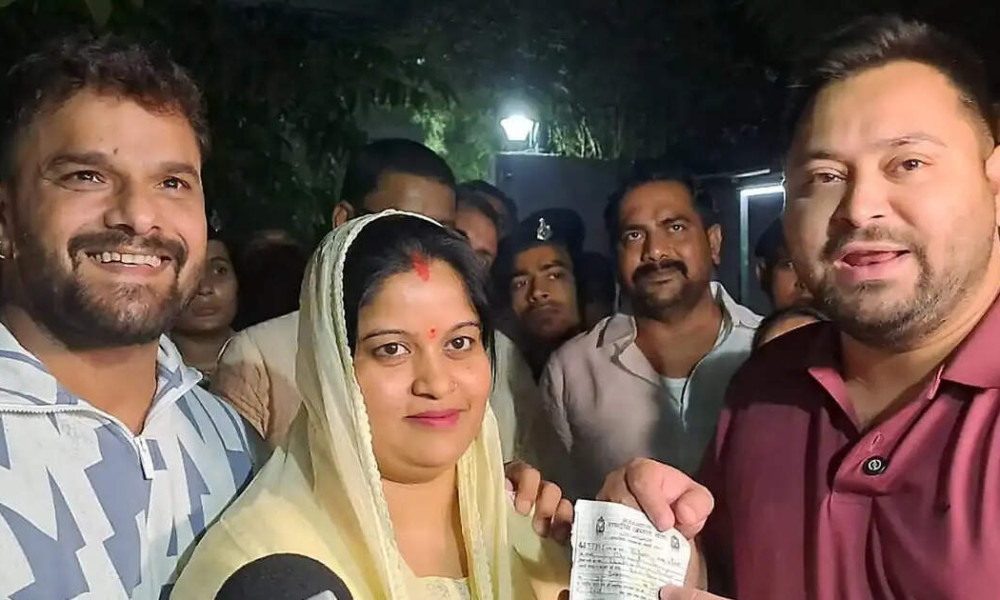As Bhojpuri singer Shatrughan Yadav, popularly known as Khesari Lal Yadav, navigates Chapra’s narrow lanes, locals pause their Chhath preparations to watch. His campaign trail buzzes with energy ahead of the November 6 Bihar assembly polls. The singer-turned-candidate draws curious onlookers at every turn.
Yadav represents the RJD in this constituency, aiming to reclaim a seat the BJP has held for two terms. He hopes his star power will attract voters beyond his party’s traditional Muslim-Yadav base. This strategy could redefine Chapra’s political landscape.
His opponent, Chhoti Kumari of the BJP, belongs to the Baniya community among other backward classes. The party changed its candidate here, signaling a tactical shift. Kumari’s background adds a new dynamic to the contest.
Sneha Shrivastava observes Yadav’s entourage while shopping with her daughter. She prioritizes development and job opportunities for her children. Law and order also weigh heavily on her mind as election day approaches.
Sanjay Chaurasia voices frustrations while selling bananas. He cites inadequate progress and problems with the liquor ban. His nephew’s death from illicit liquor fuels his demand for change.
Chaurasia highlights uneven implementation of welfare schemes. His wife missed out on the Mukhyamantri Mahila Rozgar Yojana funds while his sister received them. Such disparities shape voter perspectives.
Rameshwar Prasad sells bamboo trays for Chhath puja nearby. He echoes concerns about youth employment. Both vendors find Yadav’s candidacy appealing to younger constituents.
The BJP faces internal challenges beyond Yadav’s celebrity appeal. Rebel candidate Rakhi Gupta, a former mayor, threatens to split votes. Her influence in Chapra town creates unease within party ranks.
Gupta’s independent bid risks dividing the Baniya community. This group represents over 90,000 voters in the constituency. Any fragmentation could alter the election outcome.
Chapra’s demographic breakdown shows diverse voting blocs. Rajputs account for 50,000 voters, Yadavs 45,000, and Muslims 39,000. Smaller communities including Scheduled Castes add 22,000 more.
Historical patterns reveal Chapra’s political preferences. From 1965 to 2014, the seat consistently elected Rajput or Yadav representatives. This changed when CN Gupta secured back-to-back BJP victories.
Yadav’s campaign leverages his musical fame and grassroots connections. His ability to engage youth could prove decisive. The singer moves through neighborhoods with contagious enthusiasm.
Voters balance local issues against candidate appeal. Development gaps and employment concerns dominate conversations. Personal experiences with governance shape their choices.
The election tests traditional caste alignments in Bihar politics. Khesari Lal Yadav’s crossover appeal meets established community loyalties. Chapra’s decision will reflect evolving voter priorities.
Campaign activities intensify as polling day nears. Streets fill with political messaging and community discussions. Every interaction carries potential consequences for the final result.

